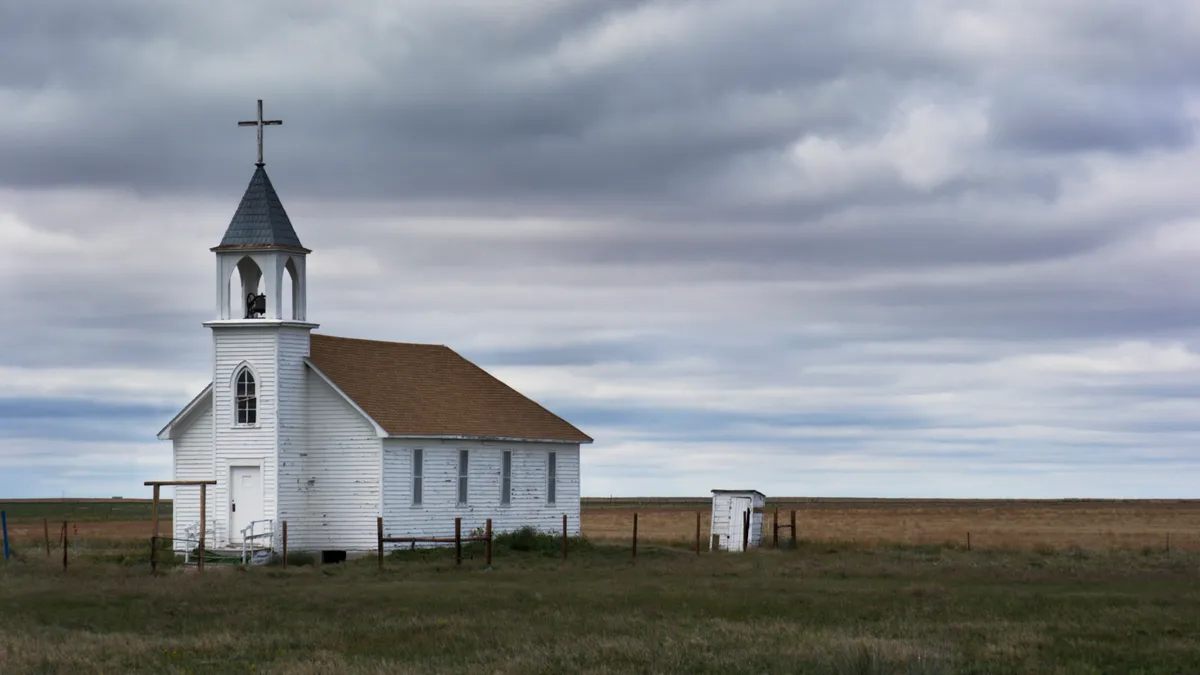Modern rate structures help utilities meet decarbonization goals by providing financial incentives to shift energy usage away from peak periods, preventing the activation of dirty peaker plants, optimizing EV charging, etc. They can also save customers money on their bills (certainly an added benefit)!
Much has been written on the need to get more people on these rates to be truly effective. Fortunately, utilities have emphasized engagement and education, including communicating the bill impact of different plans to help people make the right choice. GridX is at the forefront of this work with successful implementations at Southern California Edison (SCE), PG&E and several other utilities across the country.
But there is more to the story here. While we must provide personalized analysis to individuals to get them on the right rate, we can’t ignore the value of also analyzing whole populations during these transitions.
Whole population rate analysis is the process of calculating bills for an entire utility’s customer base on a current and alternative rate plan using the historic load profile of homes and businesses. When done right, it gives the utility valuable business intelligence like the revenue impact, which measures the financial ramifications of transitioning from a current to future rate plan. When not done right (or at all), mistakes are made, resulting in a poor experience and higher bills.
The ‘tax on God’ dilemma
A few years ago, a more progressive utility was in the process of rolling out new default, opt-out Time of Use (TOU) rates for small business customers. The effort included a new demand charge, which is a part of some utility tariffs and is applied based on a customer’s highest peak load. Adding a demand charge will be financially punitive for businesses whose usage pattern includes large spikes in demand.
When the utility completed its analysis on the impacts of this new rate structure, it felt confident in the resulting data, and began implementing the rates. The analysis, based on a relatively small sample of customers, showed minimal bill impacts to small businesses, and communicated that assumption to customers. Everything was going fine until the calls began rolling in. One unique customer class started seeing huge spikes in their bills…churches.
The utility immediately launched an investigation. It found that the sample data didn’t account for the fact that churches see significant spikes on the weekends, resulting in energy bills potentially doubling or tripling based on the new demand charge.
By neglecting to use smart meter data for the whole population, the utility created the perception they were “taxing God,” which couldn’t have been further from the truth. It was an honest mistake, but one that could have been avoided.
The moral of the story
Is there a better example of why communicating an “average” bill impact isn’t going to cut it if we are going to make modern rates a ubiquitous tool in enabling our clean energy future?
As modern rates become more complex and diverse – today there are 53,000 approved ones across the U.S. (a number that will continue to grow) – we must use all available tools when evaluating and designing these constructs. That includes big data technology that analyzes an individual’s smart meter data to ensure their needs are understood and met when transitioning to a new rate.
While this was an unintended mistake, utilities can’t take for granted the importance of getting this right the first time. We shouldn’t unnecessarily ‘tax’ anyone for making the decision to adopt a rate that benefits them and the utility.
Dynamic rate design is one of the most important tools for decarbonizing the grid. But we must figure out how to make these types of choices more accessible and better for customers if we are to achieve our targets.
For more on the ‘tax on God’ story and why electricity rate design is such a critical decarbonization tool, check out this podcast.










